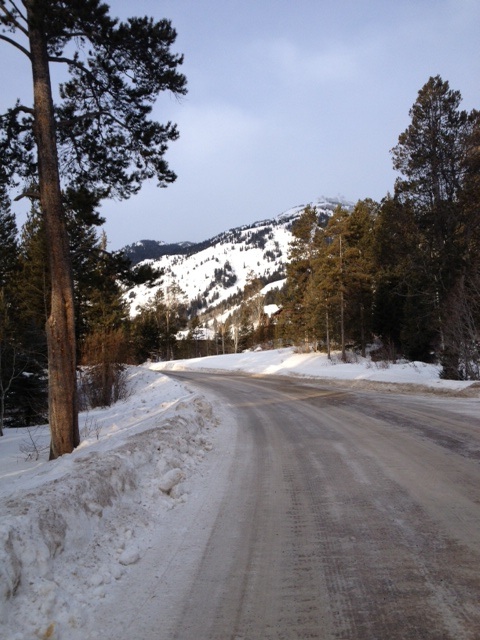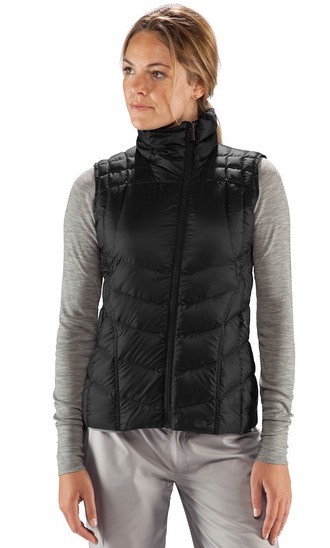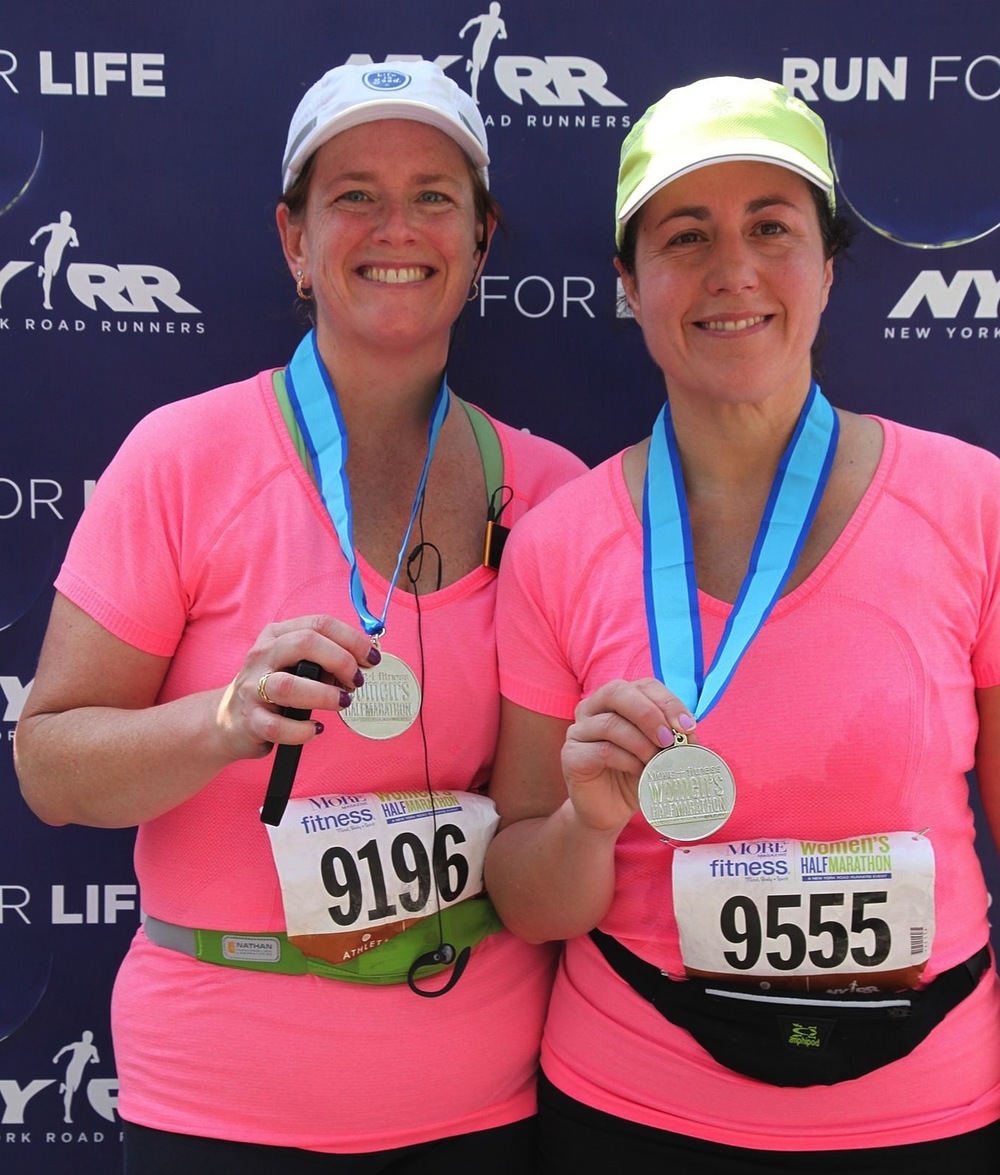Let’s face it, most of us runners think we are in great shape and fit because we run long distances or so many hours a week. While that’s true, running is the same motion over and over and over again. Thus, your muscles and joints learn to behave in a very specific way. In order to become a faster and stronger runner, incorporate cross training and strength exercises into your weekly running plans.
One of our favorite ways to incorporate strength into our weekly workouts is to do the exercises during a run. We do this on an easy run day and not on a day before or after our speed/tempo/hill or long run.
Here’s our workout: Run 1 mile, dynamic warmup series, run ½ mile, legs, run ½ mile, abs, run ½ mile, upper body, finish up with 1 mile cool down.
Here are the top 5 exercises we recommend for every runner. Do 2-3 sets of each exercise at least 2x a week. You will become stronger and you will feel faster. We've included a link to our video. The description is within our YouTube video.
1. Plank - Builds abdominal and lower back strength to support and stabilize your upper body while running improving form, performance and reducing risk of injury.
- Begin lying face down, resting on your forearms.
- Push off the floor, raising up on to toes and forearms so your body is parallel to the floor, making a straight line from your head to your heels
- Focus on pulling your abdominal in and keeping your shoulders over your elbows.
- Look slightly forward to avoid straining the neck.
- Hold for 30-60 seconds.
2. Side Plank - Strengthes the oblique muscles and increase hip strength and stability which are important in preventing injury.
- Begin by lying on your right side with your right forearm on the ground, shoulder over your elbow and left leg stacked on top of right.
- Exhale and push your hips off the floor. Keep pushing left hip up towards the sky.
- Hold for 30 seconds and repeat on the other side
3. Pushups - Strengthens the shoulders, arms and core improving your upper body strength which will improve your running economy, help maintain proper form as your lower body begins to fatigue, and are essential for hilly terrain in order to drive your legs uphill.
- Get into a plank position and place your hands slightly wider than shoulder width. Feet can be together or wider apart (easier).
- Contract your abs by pulling your belly button toward your spine. Keep your core tight throughout the movement.
- Inhale as you slowly bend your elbows and lower yourself until your elbows are at a 90 degree angle. Exhale as you push back up to the start position. Don't lock the elbows; keep them slightly bent.
- Repeat 25 times (full or modified or a combination).
3. Squats - Strengthen your hamstrings, quadriceps, gluteals, calves and hip flexors. These are great for runners because they work the entire lower body and improve muscle balance.
- Stand with your knees shoulder width apart and toes angled out, arms by your sides.
- Squat down bringing thighs parallel to the floor. Keep your weight in your heels, chest up, back flat and knees behind your toes. Squeeze your butt as you come back up.
- For weak knees, only perform a partial squat.
- Repeat 25 times.
4. Bridge Lift - Works your glutes, which is necessary for efficient leg turnover.
- Lie flat on your back with your hands by your side, knees bent and feet hips width apart.
- Fire your glutes by driving your heels into the ground to raise your hips. Your hips should create a straight line from the knee through the hip and shoulder.
- At the top point, draw in the abdominals and hold for 2 seconds.
- Lower back down and repeat.
- You should feel this in your glutes and hamstrings, not your back.
- Repeat 25 times.
5. Single Leg Deadlift - Strengthens the hips, engages the hamstrings and gets the glutes firing. These are all needed for stabilizing the body while running. Balancing on one leg simulates the one legged activity of running, works your balance and core muscles.
- Standing up with a slight bend in the right knee, raise the left leg slightly off the ground.
- Hinge forward at the waist and lift the left leg straight behind you until your chest is parallel to the floor. Engage your hamstring and glute of the right leg planted on the ground and come back to standing. Repeat for 10-15 times and switch legs.
- Advanced Option: As you hinge back to standing draw the right knee up until your knee is parallel with your hips. Hold for 3 seconds and return to hinged forward position with your leg behind you. Repeat for 10-15 times.








